Back in 2002, I received a shock which prompted me to open my thoughts to an alternative to a lifetime of professional film photography. At the time I was chairman of my local photographic society when we received a disturbing and rather frightening edict from on high. It signified a change to all our futures and it would split some clubs asunder.
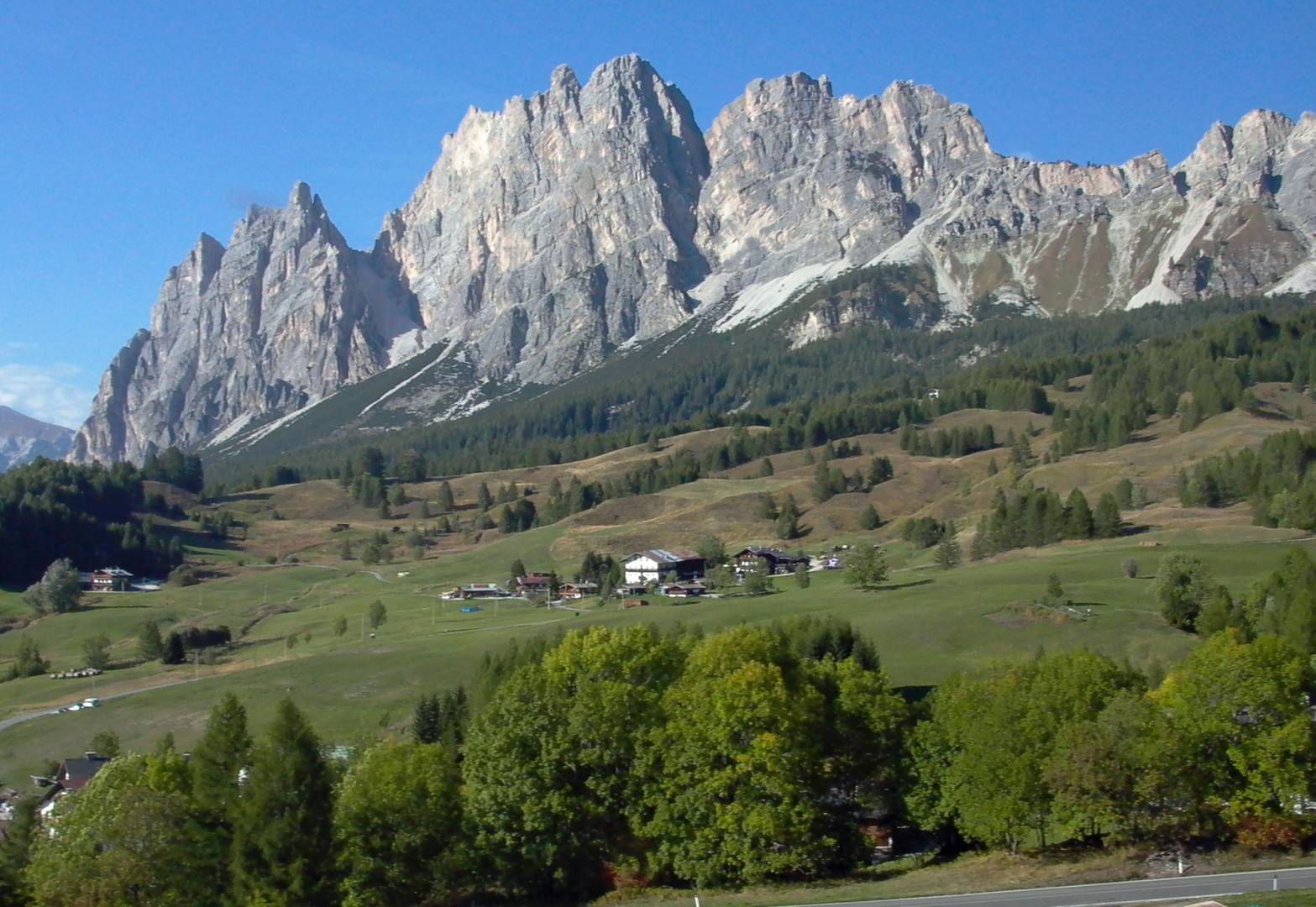
“On high” was none other than the Surrey Photographic Alliance (SPA), the governing body of most photographic clubs in the county, plus clubs in parts of Hampshire, Kent and London. The unexpected edict was not welcome by any stretch of the imagination.
Henceforth, it was decreed, we must drop film and go digital if we wished to continue associating with other clubs and taking part in inter-club competitions. Give up film photography? This was 2002, remember, not even 2012 when there could have been some justification for such high-handedness.

Slide nights
It came at a time when none of my fellow Reigate club members even owned a digital camera. As with other similar outfits, our annual programme revolved around sociable inter-club “slide nights” or “match-a-slide” contests where all the images had been taken on film.
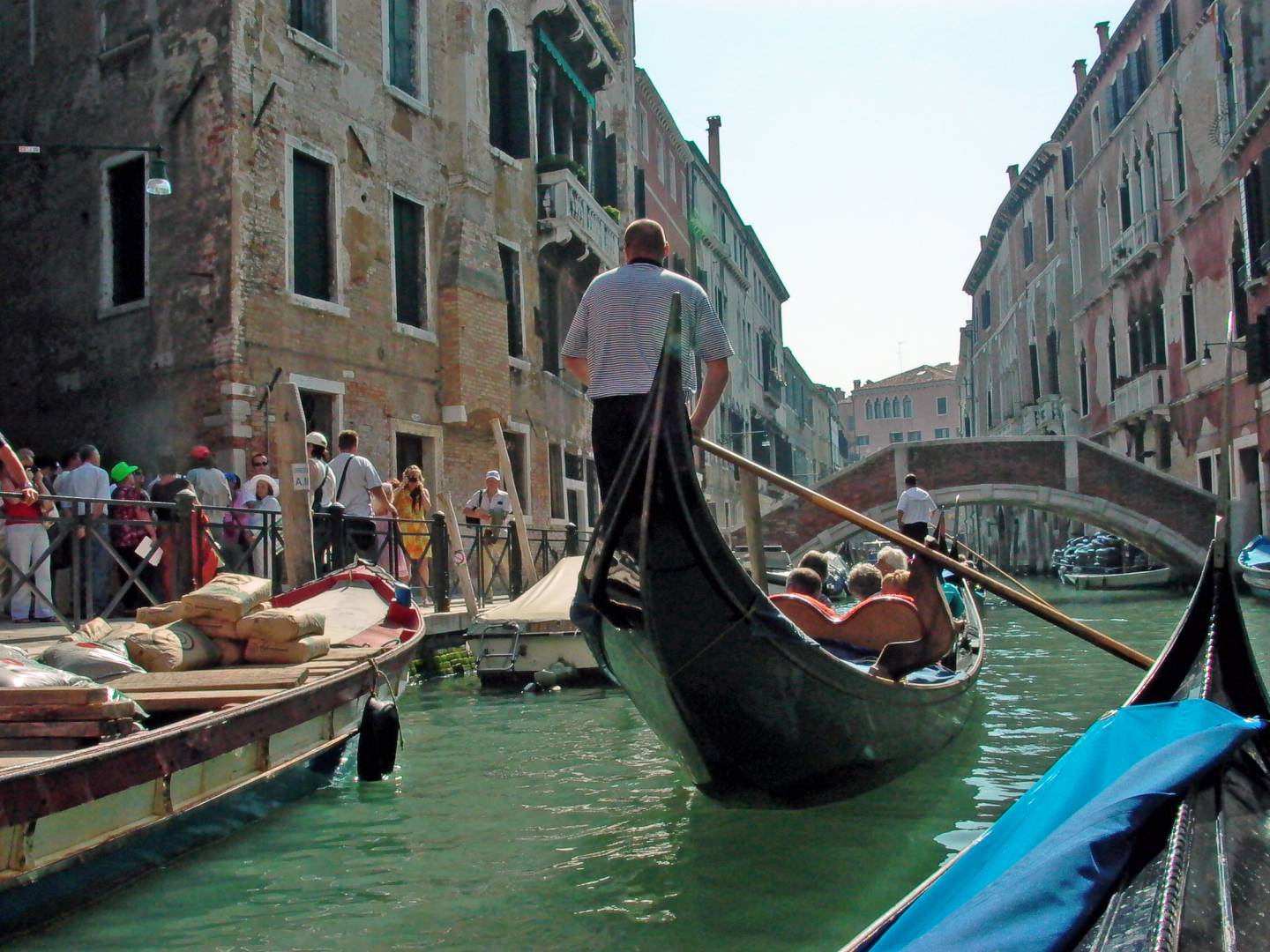
I soon realised that big changes would have to be made. For starters, we’d need a computer and a digital projector if we were to be ready for the start of the new season that September. That was some £2,000 we’d have to find somewhere. My task as chairman was about to become almost impossible.

Quite apart from the costs, I had to contend with the anti-digital sentiments among many members, especially older supporters. I was hardly well disposed myself. Our efforts to raise cash for this dubious and unwelcome turn of events almost split the club apart. Several of our best workers resigned rather than accept the sudden digitalisation of the club.
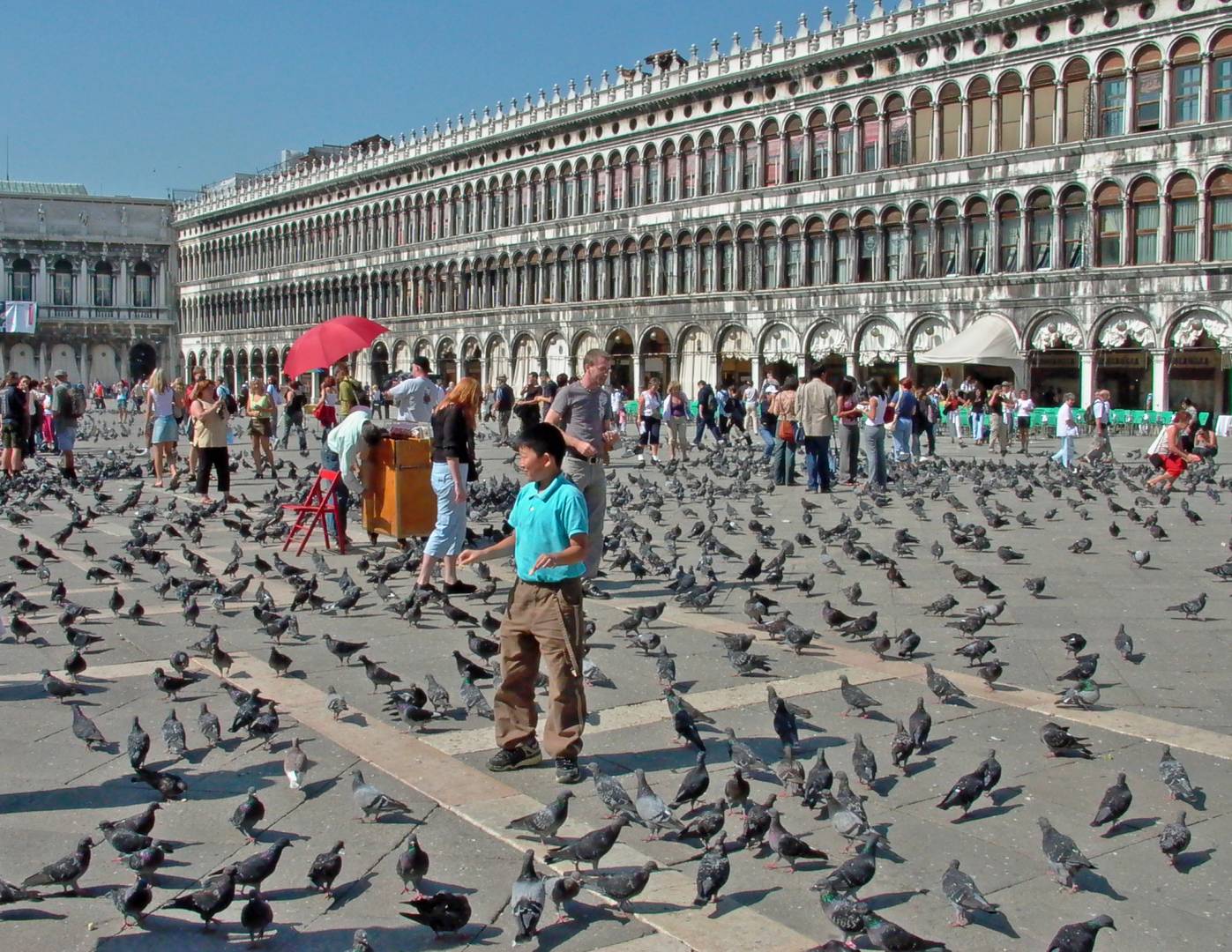
Duty bound
Nevertheless, I saw it as my duty to find a way to raise the cash and it needed several extraordinary meetings and, even, an application for a National Lottery grant, before we could get approval. As it was, several of our most loyal and long-serving members did eventually resign and, as a result, 2002 turned out to be one of the most depressing of my years of involvement.
What, you might ask, does any of this high-handed digital dictatorship have to do with Leica?
Well, at the time I was using two M7s. And in common with several of those members who parted company with the club, I was hardly computer literate. I, too, needed to get up to speed if I were to lead the club out of the mire. My wife, Jo, helped enormously. She set things rolling by buying me a second-hand computer: “There you are, get on with it and learn how to use it”. But that was just the start. Not much point in having all the processing power in the world but no digital camera.
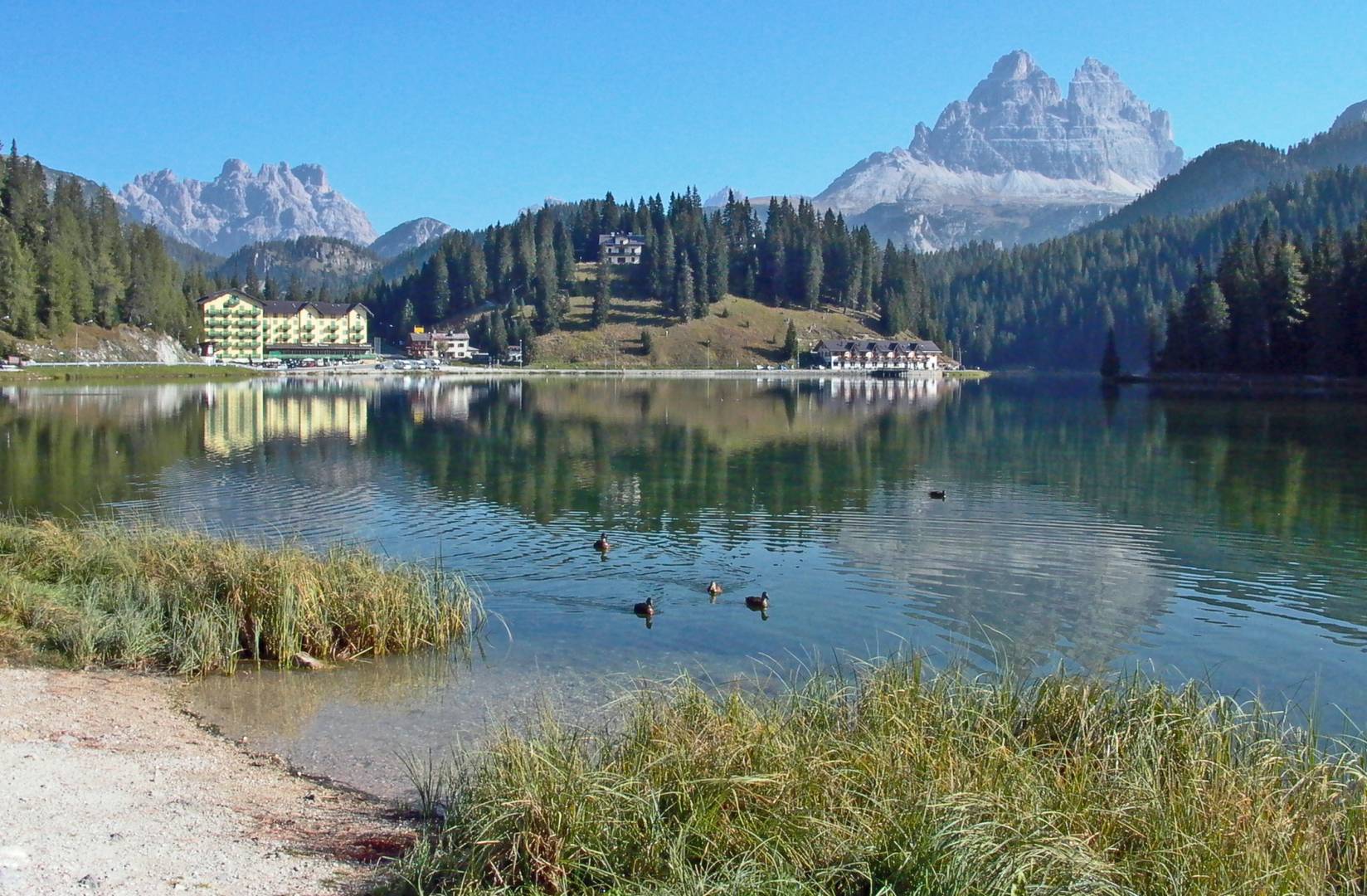
Wonder of the age
Just before we departed on our summer driving tour through France, German, Austria and Italy, I bit deeply on the emerging digital bullet by shelling out nearly £1,000 on the then wonder of the age. It was a new auto-everything Leica Digilux 1, equipped with what proved to be a wonderful zoom lens.
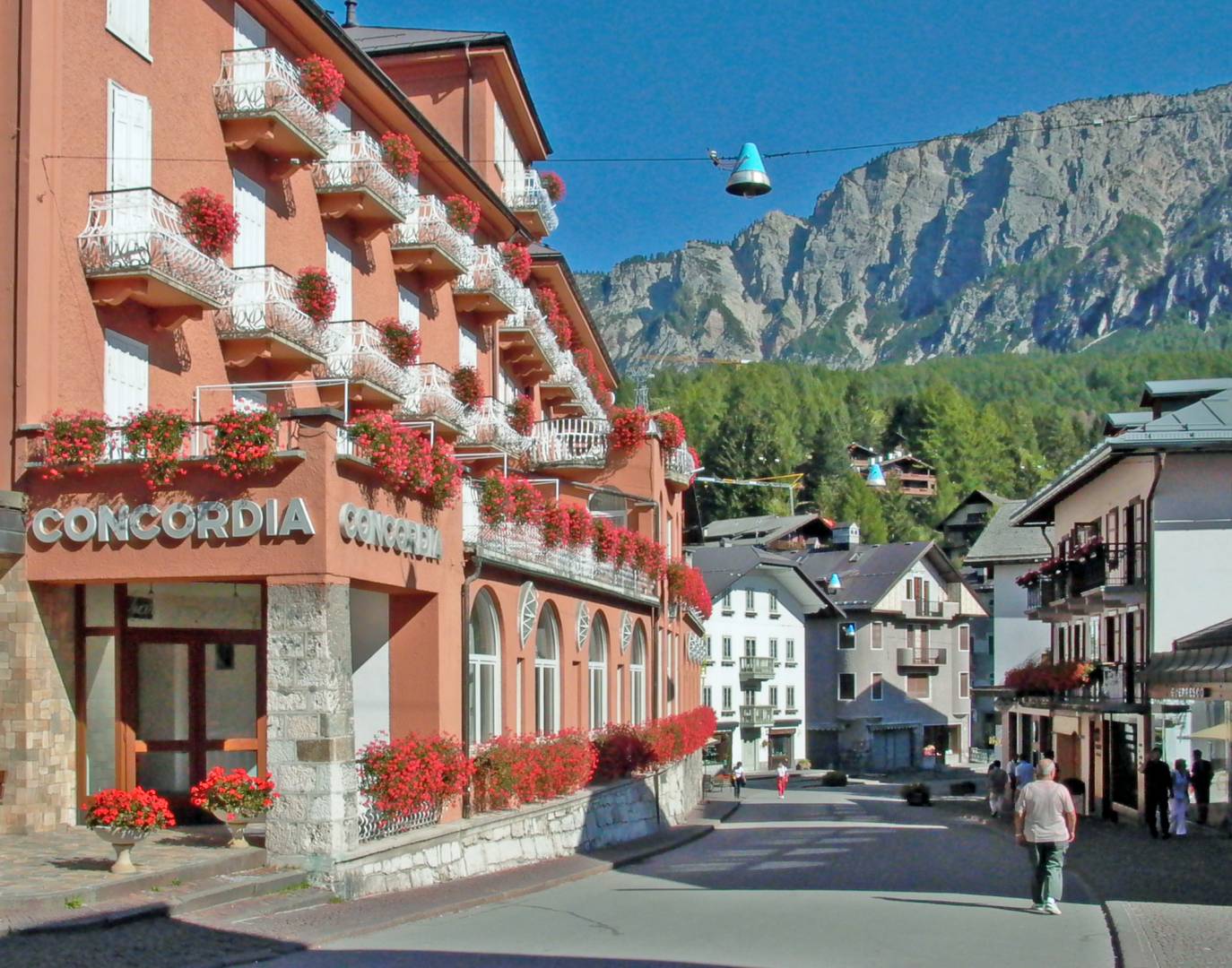
Not that my heart was much in it at the time. I simply needed to get up to speed so I could respond to the new diktat from the SPA. With this lukewarm level of interest, it was no surprise to Jo that the Digilux didn’t come out of its box until the last day in Austria. I still much preferred using Kodachrome film in my beloved M7s and, I suppose, my subconscious told me that I didn’t want to waste any good shots on the unproved digital upstart.
Only when we were about to drive on to Italy, over the last few days of our holiday, did I finally gave in to the feelings of guilt over the Digilux. Make no mistake, my heart wasn’t in it, but I really felt I should give the Digilux 1 a try, perhaps doing a few back-to-back comparative shots so I could later evaluate both systems. That was my reasoning, anyway.
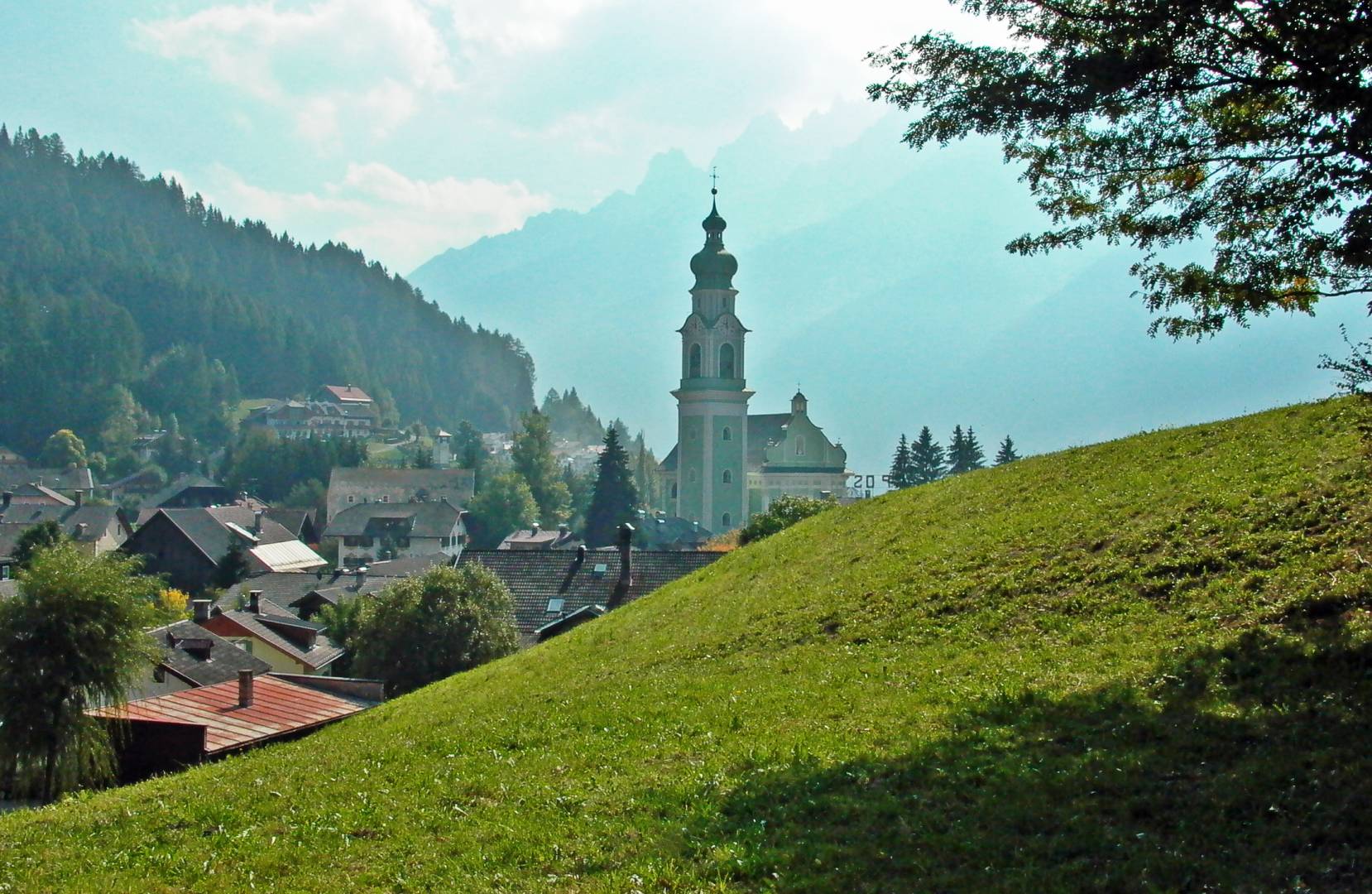
Film and digital
On returning to Reigate I had something like twenty rolls of Kodachrome 64 ASA to send off to Kodak for processing. At the same time, somewhat to my disgust, I found fewer than 30 digital images on the little 3.7
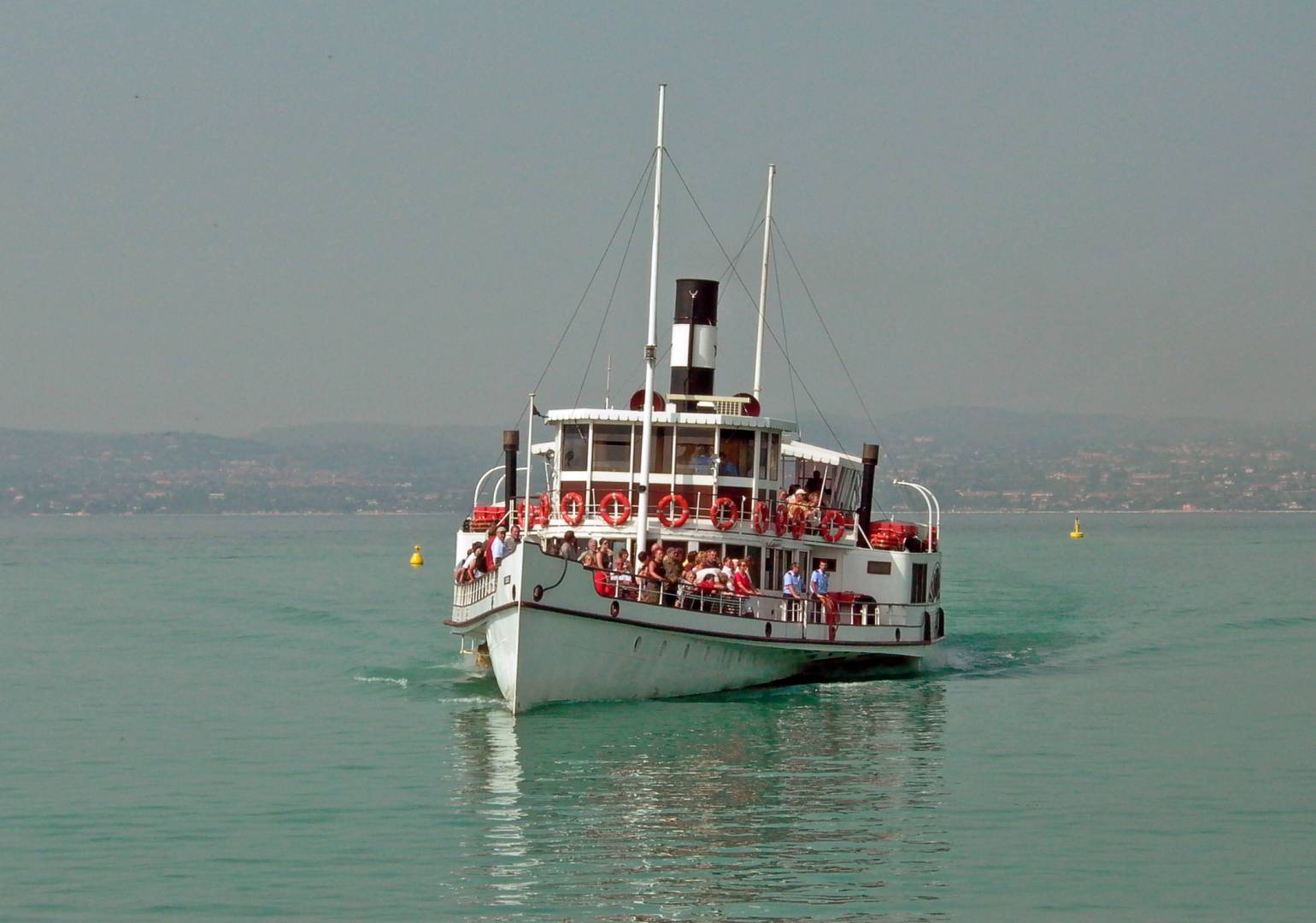
Yet, curiously, it was not the hundreds of Kodachromes but those few digital images which blew me away. To say I was surprised would be a gross understatement. Better still, it didn’t take me long to reason that with digital there were no film or processing costs to take into account.
Not only that, but I would no longer have to worry about the potential adverse effect of X-rays on film at airport security. But perhaps most impressive of all, I could immediately see my pictorial results on the camera screen and could instantly discard any images I didn’t like.
Surpassing all these logical benefits, my heart realised that I actually liked the results from the Digilux. The Leica’s almost Kodachrome-like output colours were extremely impressive. In short, Morley, after over 50 years of film work, was truly hooked on digital.
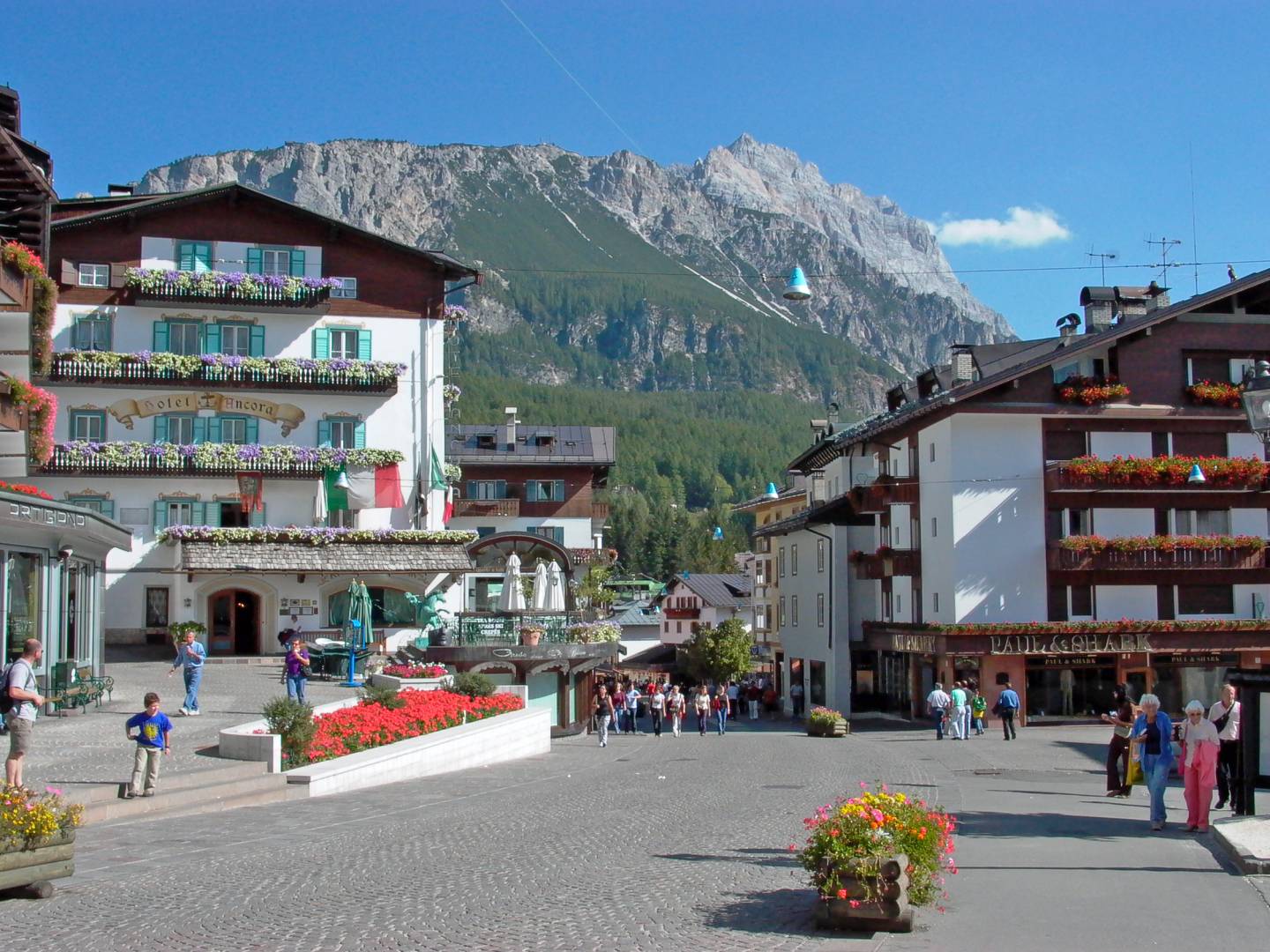
Rot sets in
My two film M7s were replaced by two M8s when Leica produced their first rangefinder digital camera. These were soon followed by two M8.2s, then two M9s, then two M240s. Everything has always come in twos in the Morley gear bag. This started in the 1950s when I was began my photo
A few years ago, however, I realised I could no longer manage the weight of carrying around the two M240s plus a bagful of primes — in fact, the selection of lenses I preferred was actually heavier than the two camera bodies. And, often, I’d carry a D-Lux “just in case.”
Something had to give, so I started to look for a lighter alternative. Fortunately, along came the truly fantastic X-Vario, then the T and my current CL which, incidentally, turns out terrific quality images. Despite this, however, from a handling point of view, the CL remains my least favourite Leica digital camera. The X-Vario is still highly rated, as is my Leica Q which I use far more often than the CL.
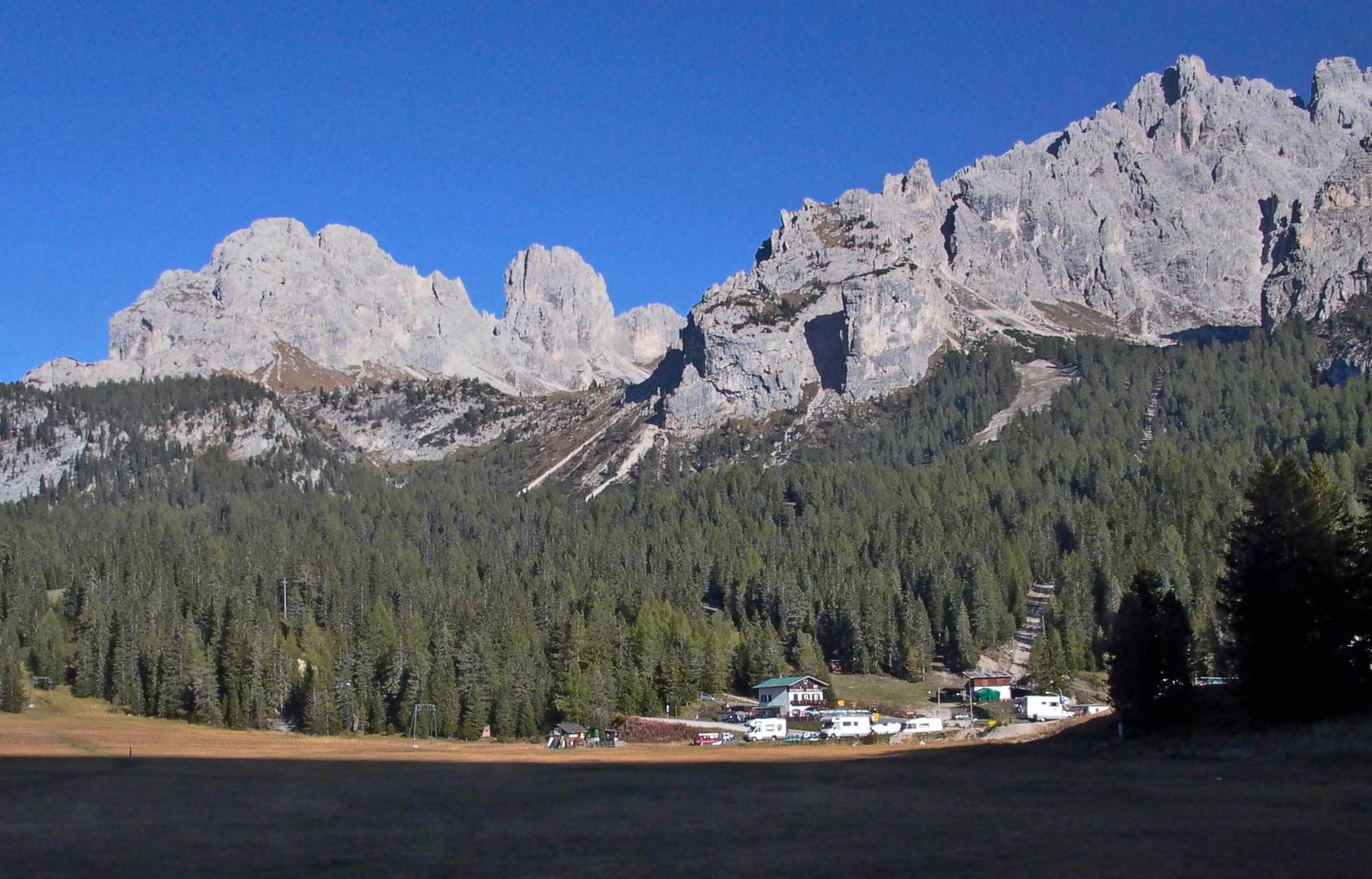
Quest for image quality
Throughout this continuing journey, the holy grail has always been ever better image quality. Although I’m not tempted to use them much these days, I have also kept most of my old Leica film cameras. But perhaps, unlike many others, I am now completely sold not just on digital as a genre but also on the modern auto-focus and zoom lenses, such as Leica’s TL series, which are ever more important factors given my increasing age and mobility problems.
I still look back with great fondness on those original and o-so-low-res holiday images taken with that little Digilux 1. Unless they are over enlarged, they remain not bad at all, even in the quality sense. What’s more, I still look at one of my 2002 Digilux shots every single day. The one I took of the “Bulleid” steam train at the Bluebell heritage railway has been used ever since as my screen saver. I still love it.
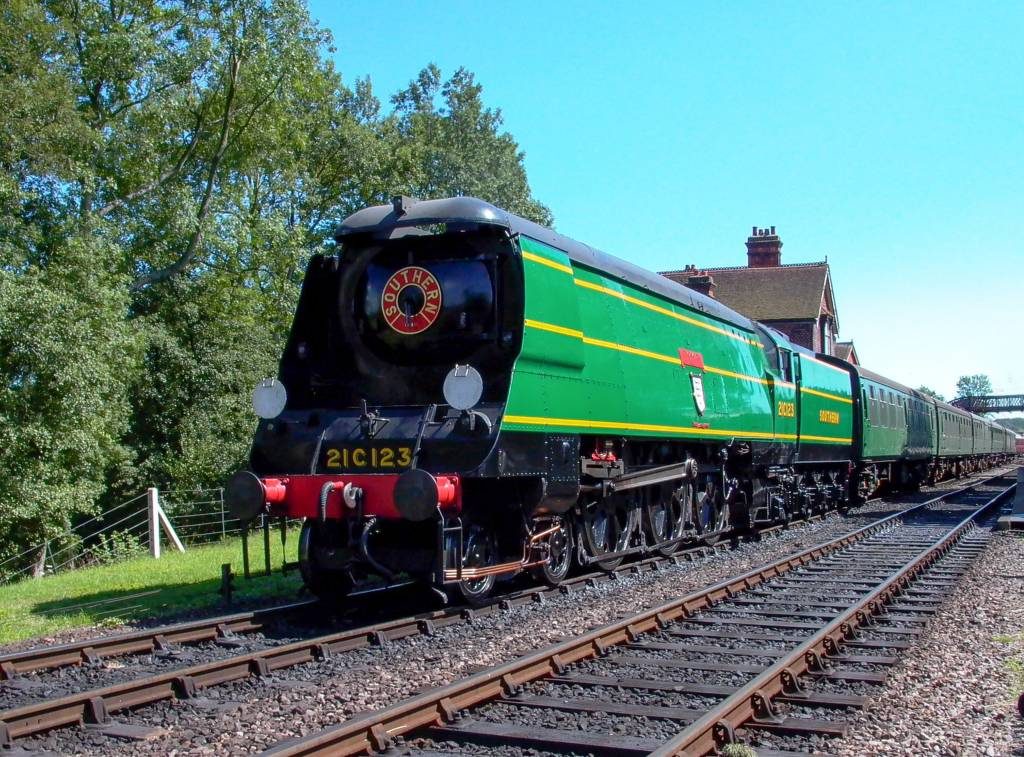
We have come so far in the past 17 years that digital quality is taken for granted. But despite ever-increasing pixel counts, the happy medium as far as I am concerned is 24 million. I don’t feel I need more than this and, of course, I don’t need the processing and storage problems some of the more modern sensors demand.
Film, though, is by no means dead and has been enjoying something of a revival in recent years. It’s not unusual, now, to see a Leica M3 or a mid-sixties SLR in the hands of young photographers who are rediscovering film in the same way they might experiment with vinyl records.
Back to 1929
I had a taste of this myself quite recently. I still own one of the first Leicas, a fixed-lens 1a from around 1929. I took it off the shelf and realised it contained a part-used film which had been there for many years. It was indeed so old that I had no inkling whether it was black and white or colour, negative or slide or even what ASA rating it had. I decided to finish the film off, guessing exposure quite randomly, and then extracted the film. It turned out to be a very old colour print film which had been given away many years before with the weekly magazine Amateur Photographer.
To keep costs down, because I had no idea what I’d find, I sent the film away for development only, rather than wasting money on printing. When it came back, I scanned a shot of my wife’s red Ford Ka. So my final offering in the film-v-digital saga is a single, analogue-but-digitised picture taken by guessed exposure on a nonagenarian camera through a fixed, uncoated lens onto a very old and poor-quality print film. I scanned it at 3600dpi to produce a stunningly sharp and very high-resolution film-to-digital image. Times change, but some things are constant.
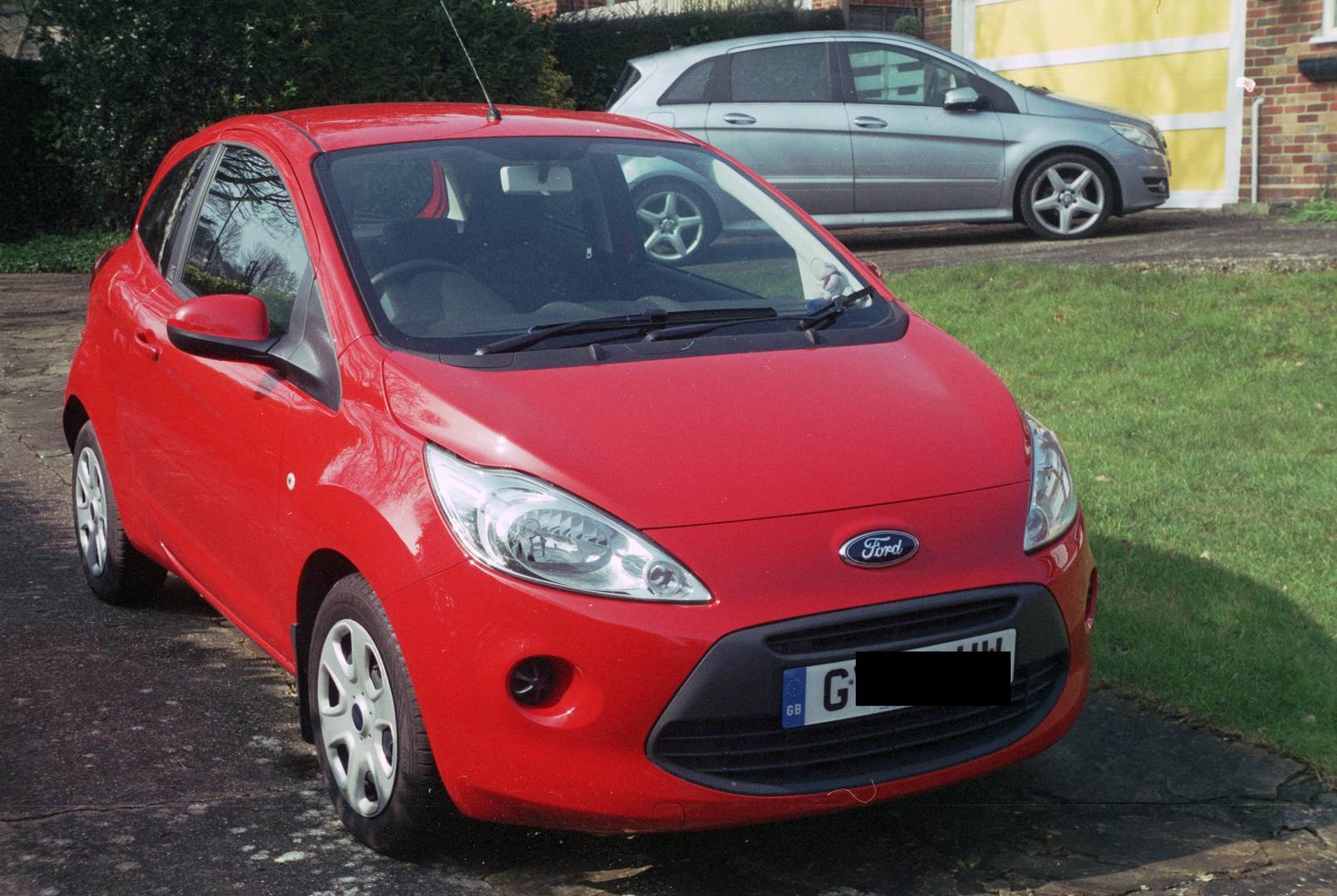
Ia and recorded on a cheap giveaway film tacked onto a copy of Amateur Photographer many years ago. Guessed exposure can work!
So how’s that for progress prompted by a rather intemperate 2002 diktat from the Surrey Photographic Alliance? Fortunately, at the time, we were reprieved when the SPA received a tremendous backlash of criticism and decided to delay the “Must-Go-Digital” decision for another year.
But the damage had been done. Good members had left. Morley, however, had been hooked, perhaps a few years before he would otherwise have been forced to digitise.

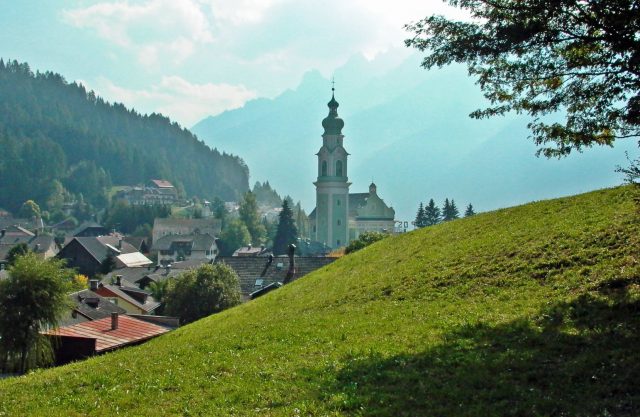




A wonderful read also five years later. And from a distinguished photographer. I proves the point that it‘s not camera who takes the images… Thanks for this article.
Thanks Don. An enjoyable read.
And those evocative images from the You and Digilux 1 team integrate well with the story of your journey.
As well as the cost advantage and ability to readily produce photobooks rather than shoeboxes full of prints, the flexibility and extended ISO range of digital image capture have taken us easily to a new world of low light photography. It’s no longer “f8 and be there”, now it’s just “auto-ISO anytime”. Lazy days indeed.
I agree Wayne, and it is that new freedom which in my view at least has led to so many more great images. Best wishes, Don
Hello John, Yes and I certainly agree about the collapsible screen, thanks for reminding me I had forgotten that. Best wishes, Don
Really good to share your enthusiasm for the Digilux 1 and enjoy the photos you made with it. I bought mine as a curiosity for very little cash a few years ago, and although I was already used to 16 MP or more, I really like the almost “painterly” quality of the DL1 and can still use it for the sheer enjoyment of operation and results. It also has the best collapsible screen shield of any camera I have come across.
“Survival of the fittest” should help get better images in the digital age. More people taking more shots, and the rise of platforms like Instagram, help propel the probability of better images to a wider audience. We also have to distinguish between those with an eye for composition and those with the best equipment. The overlap on the Venn diagram is not that great, sadly.
I still miss my OM1/OM2 and can recall no good reason why I sold them and bought a Canon A1 and then F1. With hindsight it was like going from a good station wagon/estate to an overly complicated and cranky sports car. With the CL and a simple 23mm f2 I feel I have substantially closed that circle, but what’s missing is the ritual of loading the film, winding forward and ultimately waiting for the images to appear by magic out of the developing tank.
You may have a point about the enormous numbers of pictures taken but I honestly do not think having a better lens, camera this or that has any real or important relevance. Pictures are seen and taken between the eyes as very much brought home to me when I judged at a large photographic club recently and found out at the evenings end I had awarded the best picture and also the second place awards to a chap who came up to thank me afterwards with the words ‘I don’t own a camera, both were taken on my Apple phone’ said it all really, and here is me spending a small fortune on Leica’s! Don
I have a couple of friends who only have camera phones and they take better pictures than I do with absolute ease; so I’m 100% certain it’s the eye not the camera that counts.
You are right, of course, a good photo is a good photo, irrespective of the medium. I suspect that many of us could make do with an iPhone or similar if push came to shove. Personally, I find holding a phone to take a picture awkward, although it is now the accepted way most people take their photos. I suspect, too, owners of more expensive outfits (Leica, for instance) enjoy the experience of holding, fondling and viewing their pride and joy. There’s nothing wrong in that. Ferraris and Porsches and Dacias all serve the same purpose and get you from A to B. But it’s the getting there and the pride of ownership that tips the balance.
I cant argue with that. I too love my Leica’s despite my knowing they are not actually very versatile tools if compared to most even mid range digital SLR’s. Certainly I would have to revert very quickly to such as my Canon outfit if I was ever forced to go back to earning a living as a Pro photographer. Luckilly however as a mere ‘Happy Snapper’ nowadays I am able to indulge myself instead. Don
Hello William,
I certainly agree with most of your comments but disagree with your doubts as to if digital has improved photography as a whole because I think it has. Maybe not mine but I am very certain it has made a massive difference to the skills and potential of so many of those newer than I am to photography.
Apart from my formerly being a Pro Photographer I also happen to be a photographic judge and visit as many as three camera clubs a week through the Photo Club season and in the process see and attempt to pass fair judgement on hundreds of wonderful pictures, and i find each year the judging gets harder and harder mainly because the standards and computer skills have risen so much.
Initially I used to strongly believe everything should have been done at the taking stage and in camera, whereas now i just have to accept whatever digital alterations might or might not have been made and just judge the finished product. I.E. The picture in front of me, and believe me many are just great. Far better if I am honest than anything I am now turning out. Ugh!
Best wishes, and keep enjoying those old cameras (I am catching you up)
Don
Thanks Don. Technical standards have improved, but content standards remain more or less the same. With the camera clubs, the concern I have is that with the pursuit of letters after the names of members the output in most camera clubs is more or less the same and ‘pretty picture cliches’ abound eg Big Stopper stuff and pictures of chaps with beards and wrinkly faces. Documentary and street photography hardly get a look in as the demand is for pretty and perfect pictures to complete panels. Judges have a lot to answer for. I am sure that your judging is perfect, though. Just as a point of clarification, I don’t compete in camera club competitions nor have I sought letters after my name. As you know, I have more than enough other outlets for my photographic activities.
William
Nice article and photos, Don. Photographic academics describe this as the ‘digital turn’. I was not aware that the ‘turn’ started to happen in British Camera Clubs as early as 2002. I was a member of the the Dublin Camera Club since the early 1980s. By the early 2000s I was way too busy to compete in club competitions. I started with digital in 2004 and my first extensive use of digital was on a trip to the US and New Zealand late in 2004. I recall going into a photographic shop in Queenstown New Zealand to have my photos from CF cards transferred to CDs. I then went to work the Middle East and it was much easier to process digital images on a laptop in my apartment than to have film processed. When I came back from the Middle East I rejoined the Dublin Camera Club and I found that everyone had gone over to digital apart from one chap who scans his black and white negatives. He still does this today. I then became a camera collector and ended up with large collection of film cameras and I started to use them.
One question which must be asked is whether the ‘digital turn’ has improved the standard of photography. For me the answer is ‘no’. The most important aspect of this is, of course, the fact that it is people (photographers) who take (make) photographs and not cameras. With the advent of smartphones there have never been so many photographers on the planet. A good photograph is about the content and not the pixels. I find it very annoying when I hand my iPhone to another photographer to view pictures I have synced onto it and the first thing they do is to expand the image in order to look at the pixels before they assess the content. I know that in the old days editors and photographers used loupes to look at slides and negatives but the important aspect was always the content. Some may recall that a few years ago I posted some sets of similar pictures here for fun taken with a 2017 M10 and a 1926 I Model A. This led to an amusing but passionate debate about which set of images looked better. The only reason why I ended up with the two sets of images was because I had used the M10 as an ‘exposure mule’ for the I Model A.
I will leave this with the thought that 100 years from now, great photographs will still be great photographs whether taken before or after the ‘digital turn’. The cameras used will be irrelevant. I have an nagging feeling, though, that it is much harder to identify great photographs now as there so many of them being taken thanks to digital photography.
William
Don, wonderful article! I felt like I was reading an article written by myself! The digital revolution hit me hard, although in a different way than you describe. I was the owner of a retail color lab since 1983, and was a dealer in every serious (and not so serious) camera lines including Leica. We had both professionals and amateurs as our clientele. I also did product photography in our studio and event photography (weddings, bar mitzvahs and corporate events). At one time I had several photographers working for me. All analog, or as we used to say, film based. Digital in the beginning was a novelty, but was improving rapidly. The end for me came in 2002, when I had to close the lab.
I was always a Leica guy, but used Nikon as well. When I reluctantly transitioned to digital, it was to Leica and Nikon as well. I used a D300 and a D700, and Stefan Daniel would look at me using the Nikon at Leica meetings and say he was disappointed but Leica had nothing to offer! I was a beta tester of the M8, and still make reprints up to 20×30 of an image I took with a prototype M8 at the 2006 Photokina.
I resisted the urge to purchase the M8, and finally made the transition complete with the M9, which was joined by a Monochrom1. Happy as a clam with my M10, and firmly believe 24 MP is the sweetspot. I also don’t want to bog down my computer with higher MP files, longer processing times and storage problems. But as Jono says, we may not have a choice as Leica is drawn into the mega-pixel wars. See the Q2 for example.
Dear Bill,
thanks. You have said it all far better than I could, and thanks for the work you did on the M8 which was a camera that always satisfied me in terms of output quality despite it not being that high on the pixel count, though for me at least it eventually failed in so many other (mostly battery related) areas.
thanks again, Best wishes, Don
Hi Don, What a wonderful article and perspective on those years where change was a happening. I was thankfully never big on film, or in its use. In fact because of film and its idiosyncrasies I sort of shunned it (bar a family compact we owned), until I bought a digital compact one christmas. Several years later and I was lugging around a rather hefty chunk of dslr and glass to go with it. One day you never know, I might try film on a cheap set up and see what I think, might be fun. Dave
Hi Dave, Thanks for the kind comments about what really were just a few of my old holiday snaps, but snaps or not it was that little first digital camera alone which certainly changed my future photographic direction. what matters most I think though is to enjoy a great hobby whatever we use.
Best wishes and enjoy. Don
For many years I used an Olympus OM-2 ..or a variety of them: when times were hard I sold it, and when things bucked up I bought another one.. and various crisp and contrasty Olympus lenses.
I used colour (print) film for myself, but b&w or slide film for pics for magazines (I worked on ‘Practical Photography’, and occasionally on others).
But I was never very happy with the colour prints I got back from labs; somehow (..and I’m red/green colourblind!..) they looked “wrong”; it’s difficult to describe, but the “texture” of the photos often looked ..the best thing I can say is “brown” ..as if the contrast wasn’t sharp enough (even with sharp lenses and with small apertures), and (what I saw as) red, yellow and brown looked dull and – I dunno – dreary.
I tried a variety of early digital cameras ..my first was a Sony ‘Mavica’ with a floppy disc drive inside! It was great to have instant pictures at a fraction the price of Polaroids (22 pics on a 30-pence floppy disc) but the quality was very poor; ‘VGA’ early-computer-monitor quality, that’s 640×480 pixels!
I moved up to newer and more compact Sonys, and the quality gradually got better.
My Beloved used a variety of pocket digital cameras; Canon PowerShot S20, Fuji FinePix 40i (brilliant!), tiny Sony T7, and then in 2006 we were going to South Africa, and I thought I needed a decent digital SLR so that I could use an assortment of lenses. I saw a low-cost end-of-stock Canon 300D at Chiswick Cameras in west London – after the newer 350D had arrived – so I bought an APS-size 300D and got a good price on Tottenham Court Road (also London) for a Canon 28-300mm zoom ..which turned out to be all the lens I needed (equivalent to 42mm – 450mm on the APS-sized Canon).
I thought perhaps we’d go to a safari park, and was really hoping we’d meet the penguins at Boulders Beach ..we did both!
The 300D was a revelation ..here were photos like they should have always been! Punchy, bright, colourful, incredibly sharp – the lens, of course, is pretty good, too!
So that was my conversion to full-time digital. I occasionally shoot a film ..for old times’ sake ..and still have far too many film cameras for a rational human being.
But it’s like going back to driving a 1940s or 1950s Ford Pop when switching back to film. It’s slow, it’s fiddly (all that winding and rewinding) and you’ve got only 36 before you have to stop and do more fiddling. And the chemistry..!
Digital is instant, it’s clean, it’s sharp, it’s SILENT (on the cameras I use) and it prints beautifully when I make a Blurb book for my Love each Christmas. It costs nothing to ‘develop’, and next-to-nothing to print.
With 20-megapixel-ish cameras you can crop away about three-quarters of the photo (if necessary) and still have loads of resolution.
Yes, I do have a Digilux 1 (and a 2, and a 3) but hardly ever use it, or them ..just for nostalgia’s sake now and again. And to keep the batteries ‘exercised’.
My favourite digital camera? Sony A7S. It’ll shoot silently, it’ll shoot by moonlight, the controls are all in the right places, and it’s 35mm ‘full-frame’, and so you know what each lens will give.
My favourite film camera? The Olympus OM-2 from 1976: huge variety of excellent – and SMALL, but wide aperture – lenses (..many of which – even the 50mm f1.2 – take identical little 49mm filters..), VERY bright easy-to-focus finder, it’s quiet, and it, too, will meter and shoot by moonlight.
Was it ‘painful’ to change? Nah ..it felt like I’d been waiting for it all my life!
Hi David, At last I now know someone who uses Blurb, I thought I was virtually the only one (well in my circle of photographers and little bit of life that is). Dave
Hi Dave
I’m another Blurb devotee – I use it for wedding books and most other things. They do a grand job (but I do tend to wait for those 40% discount days!).
It also works really well with the book module in LR classic
Best
I used to use them for my wedding books, and for family stuff too. I have to say they have the best quality books. I agree with waiting for discount days – they can get pricey if you don’t have any discount.
Cheers
Dave
Yup: I wait for the 40% discount days when Christmas is approaching!
Wow quite a journey. For what it is worth I have also kept my Olympus OM1 and OM2 plus a selection of lenses which now lay as unused as my Leica film stuff, and I also have a fairly major but very neglected modern Canon digital outfit but nowadays at 82 with all sorts of mobility problems I want small and light, hence the most likely to go out with me will either be my Leica X-Vario, Q or CL.
Best wishes for your own future and photography. Don
Excellent. Thank you Don, I really enjoyed that.
I also was completely certain that 24mp was the ‘sweet spot’ but I fear that you, like I have, will be blown away by more pixels when you finally jump in the water!
All the best
Hello Jono thanks for your very kind comments. I think it unlikely I will change cameras again just for more pixels though I might possibly be swayed by gaining such as IS, or maybe even a EVF which worked better in bright sunlight. Maybe it will yet prove to be another instance of never say never?
Keep up the wonderful work
Best wishes, Don